Hypermiling Is Motorsport—Just Not the Kind You're Used To
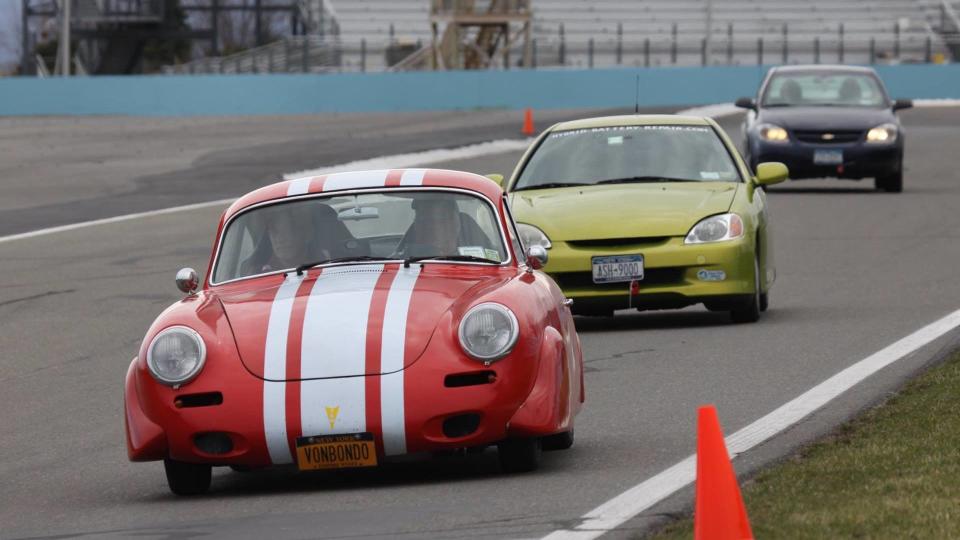
We tend to think of motorsport and fuel efficiency as being at odds with one another. A hot lap is just about the worst way to get good gas mileage, for example. But motorsport and mileage aren’t actually at odds; efficiency can be the differentiating factor between a win or loss at Le Mans. In fact, the practice of maximizing fuel efficiency—hypermiling—should be considered a form of motorsport too. If you dig deep enough, you’ll find both share a rich culture of car modification, employing many of the same tricks while turning others on their head.
Calling hypermiling a form of motorsport is sure to ruffle some feathers, so I know I have some explaining to do. Motorsport is defined by Merriam-Webster as “any of several sports involving the racing or competitive driving of motor vehicles.” What exactly drivers compete to accomplish, of course, varies across motorsport’s many disciplines.
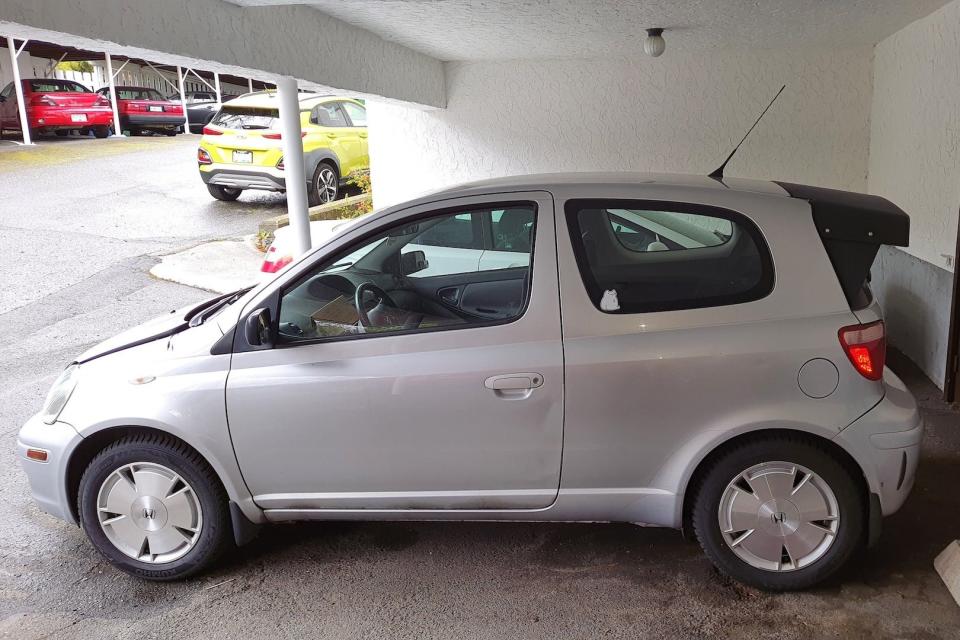
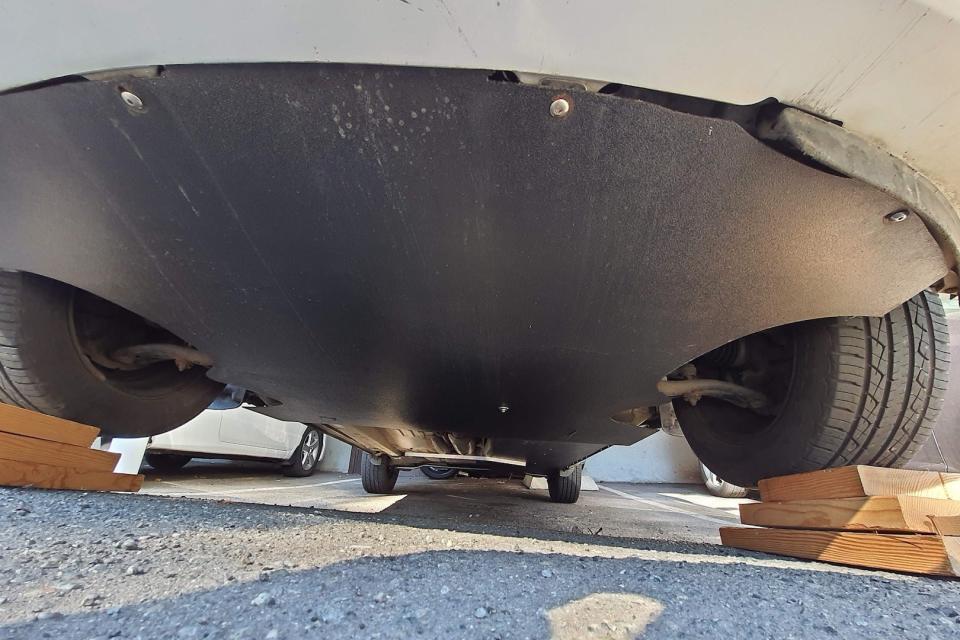
In racing, the objective is simple: be the first across the finish line. But in a tractor pull, the winner is the one who drags their load the furthest using sheer grunt. Dyno competitions don’t require you to move your vehicle at all—though they can still destroy it—while demolition derbies end with the outright destruction of one’s competitors. Depending on how far you want to stretch the definition, even timbersport may qualify.
There are also plenty of motorsports that don’t determine winners based on something quantifiable. Drifting competitions rely on the subjectivity of judges. Burnout showdowns too, and if you’re again willing to stretch the definition, even Concours d’Elegance could be argued to be a form of motorsport. As a concept, motorsport clearly doesn’t need to be rooted in objectivity—though it does help a sport’s case.
Hypermiling, then, with its quantifiable metric of miles per gallon, is a task you can measure your success at, and therefore compete over. Not that hypermilers do so with each other directly; it’s more a competition against the self, against one’s own high-water mark. Just like beating your own personal best lap time. And just like racers, hypermilers have ways of coaxing more out of their vehicles, not to mention themselves.
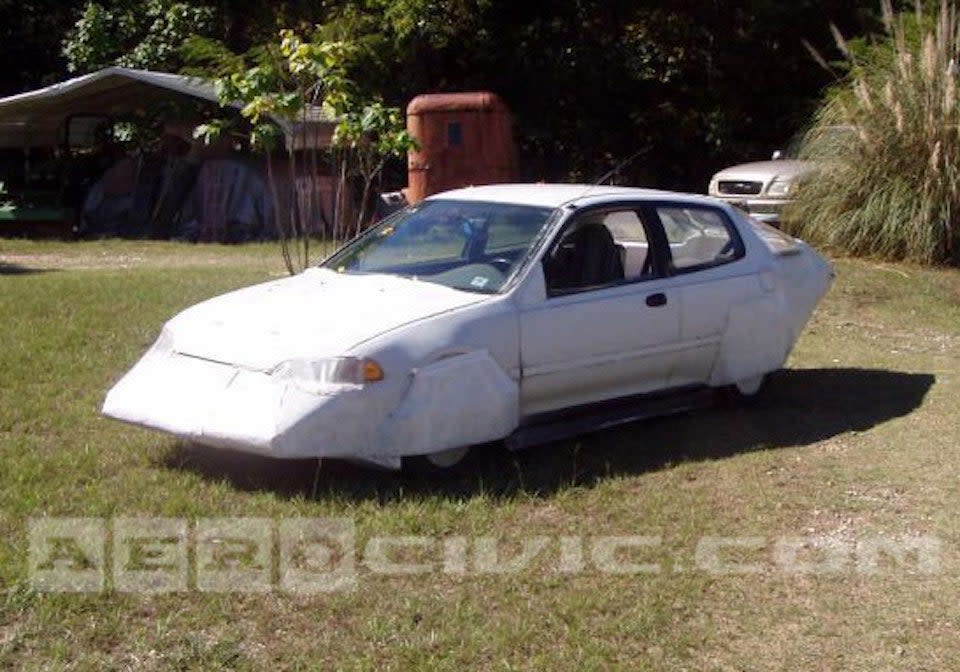
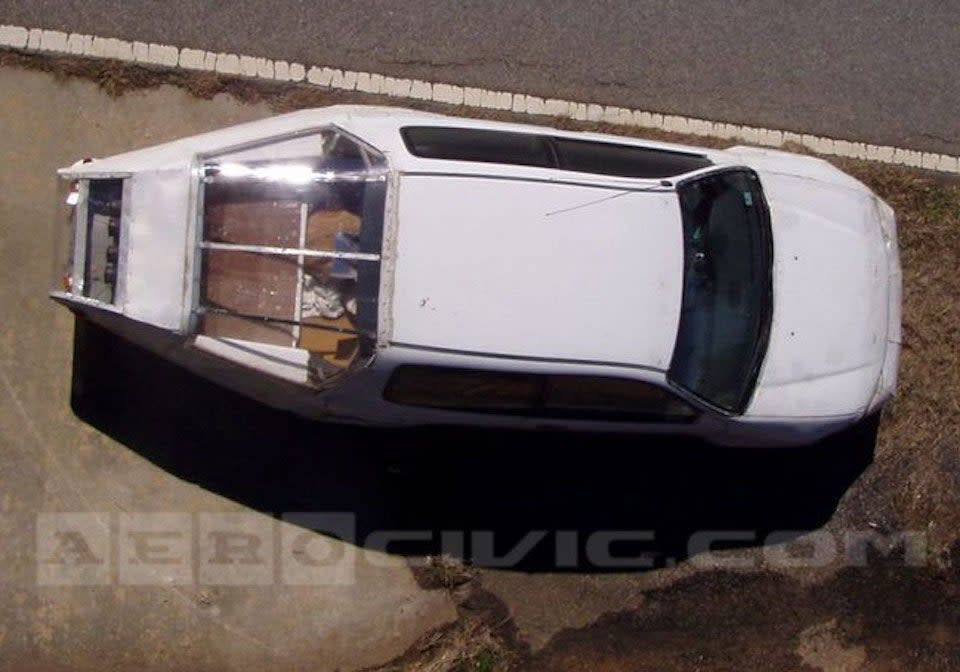
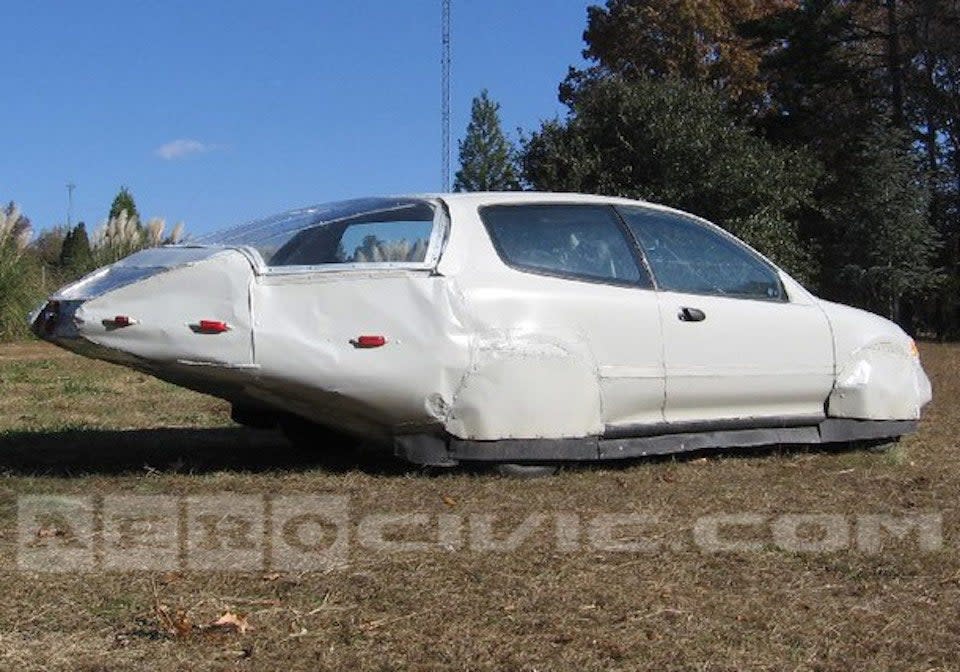
It’s often said in grassroots racing circles that the first modification you should make to your car is to its driver. Take driving classes, learn how to find the racing line, refine braking points; learn to wring out everything your car’s got. Hypermilers operate on the same principle, in some cases even borrowing tricks from top-level racing.
On Ecomodder, the internet’s biggest resource for and community of hypermilers, the driving tips section recommends some of the same techniques you see in world-class racing. Conservation of momentum, drafting, even using the racing line—these are people who still care about optimizing their corner exits, but for a reason other than pure speed.
Most of their tips aren’t nearly so radical (or dangerous), of course. Closing windows and sunroofs, coasting to avoid braking, using hills to build momentum, maintaining speeds instead of rubberbanding up and down, reducing A/C use, et cetera. All cut fuel consumption a little, and their effects add up. But like in racing, technique can only take you so far: There comes a point where the vehicle becomes the limitation. And that’s when modification begins.
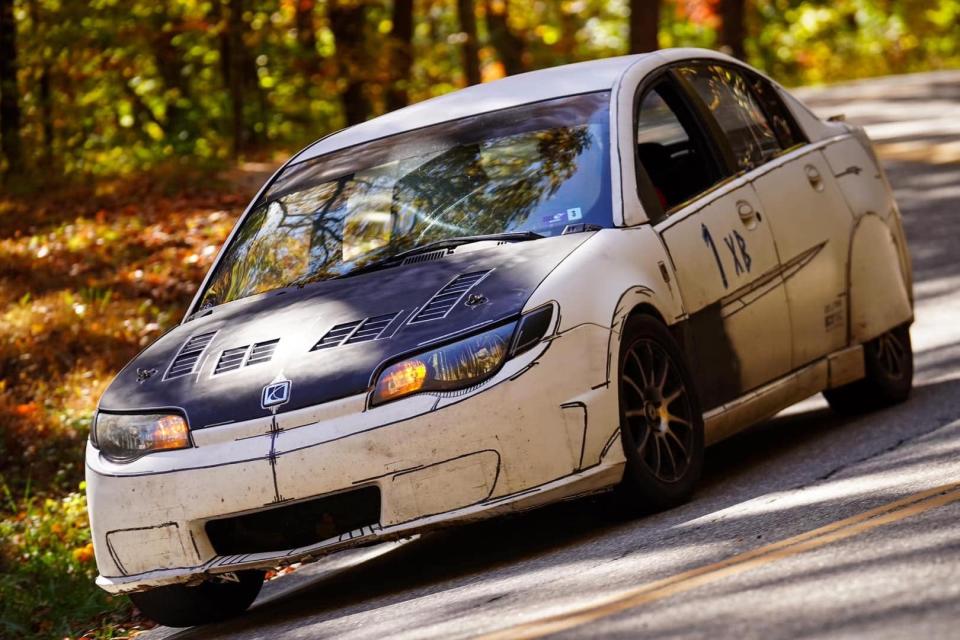
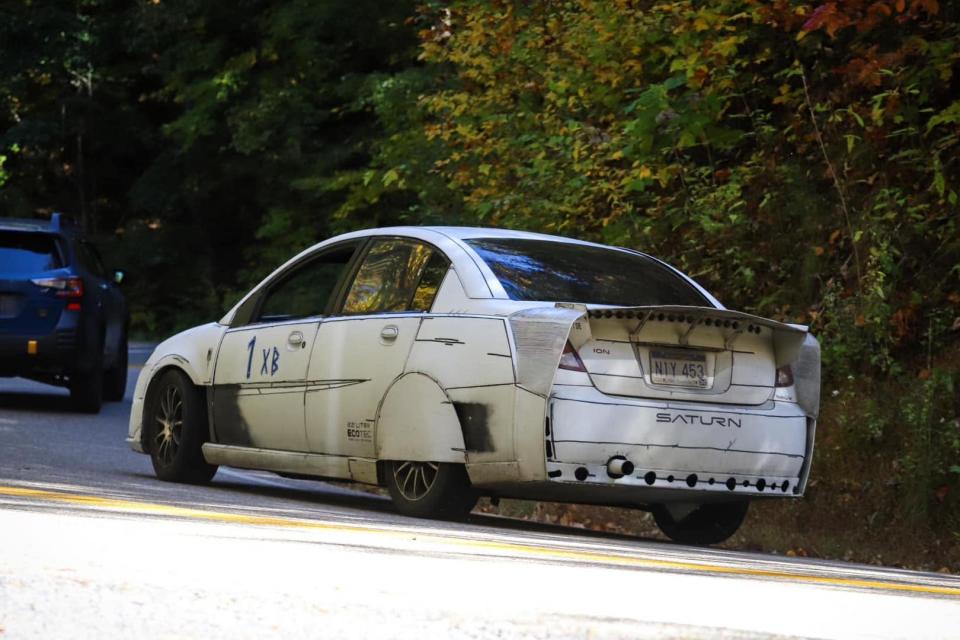
Some of the ways hypermilers mod their vehicles will be familiar to you. Ecomodder recommends everything from lighter wheels to lowered suspension and aero parts, and removing weight or draggy accessories like roof racks and mud flaps. On the more extreme end, it calls for engine swaps, deleting air conditioning and power steering, or even re-gearing transmissions.
Then there are mods that turn racers’ tricks for performance on their heads. Hot air intakes, milder camshafts, lean tunes, and narrower, harder tires with pumped-up pressures to cut rolling resistance.
https://www.youtube.com/watch?v=903bNcieikY
They borrow from land speed record racing as well: Mirror and wiper deletes, aero wheel covers, and aggressive streamlining are sometimes employed. We’re talking blocking grilles, taping up panel gaps, fitting wheel skirts, even converting to Kammbacks and chopping rooflines to cut drag. One prominent Geo Metro hypermiler went so far as to cut their car’s cabin down to an asymmetrical, tandem seating configuration.
Being a resourceful bunch, they invented a few performance tricks of their own. Some use block heaters or exhaust heat exchangers to accelerate wasteful warm-ups, or install solar panels to reduce alternator loads.
But while racing can only take place on closed courses, hypermilers can take their sport to the public road. It decentralizes the practice and makes it more accessible, allowing people to set records anywhere, and share their victories online. Users of Ecomodder have a thread sharing their accomplishments, from 50 mpg in a $700 Honda Civic to a VW Passat TDI owner who beat the EPA’s fuel economy estimate by 50 percent. On Facebook, one woman reported getting 60 mpg in her Toyota Prius, while a Tacoma 4x4 driver hit 32. The latter may not sound like much, but it's actually a 60% increase over the pickup's 20-mpg EPA rating.




Opportunities for even better efficiency are there for the taking. Sharing pictures of his 2015 Chevy Spark, Thomas Riopelle told us he reaches 65 mpg with aggressive aero mods to his car, which quiet his cabin on the highway to boot. The owner of a 2005 Toyota Echo, Zoshino Kosuke, touches 70 mpg with an extended spoiler, flat underbody, partial grille block, and slippery wheels from a Honda Insight. Jerama Stuart meanwhile boosted his 2004 Saturn Ion to 48 mpg without changing his driving style—and he still uses it for autocross.
Compared to the grassroots racing scene though, hypermilers are a vanishingly small community. Toyota sponsors an annual Green Grand Prix at Watkins Glen, but its rarely updated website and social media speak to how small a presence the niche has online.



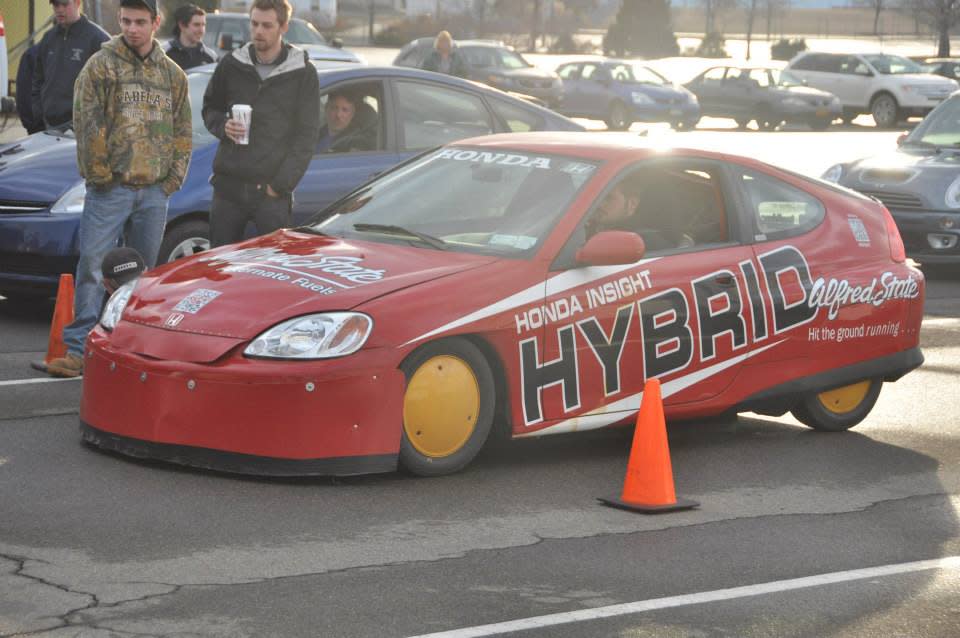

Ecomodders is active for an internet forum by 2024 standards, but the second-biggest forum indexed by Google has been dormant for years. Reddit’s r/hypermiling often goes days without a post, and the biggest English-language Facebook group counts only about 900 members. This community is on the fringe, though it’s far from dead.
And in the next few years, it’s easy to imagine hypermiling seeing a renaissance. Whether driven by rising gas prices or degraded EV batteries that lose range, drivers will always look for a way to eke out a little extra longevity. If it also happens to be easy to gamify, that doesn’t hurt either. Bragging rights are bragging rights, whether that means winning by an inch or a mile per gallon.
Got a tip or question for the author? You can reach them here: james@thedrive.com

 Yahoo Autos
Yahoo Autos 